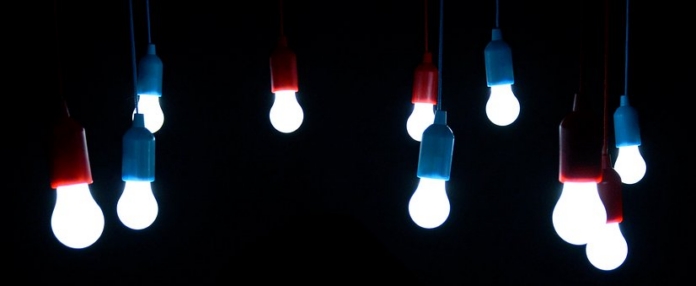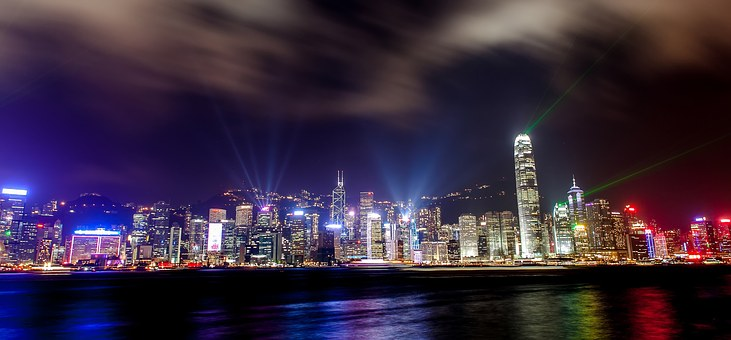One of the most energy-efficient lighting technologies available today is the light-emitting diode, also known as LED. LEDs are more effective, last longer, and provide better service overall compared to other lighting options. They can be used inside our homes, outdoors, and in commercial establishments. While LED lighting technology has been with us for quite some time, however, many people are yet to understand them fully. As a matter of fact, a lot of consumers can not differentiate LED light bulbs from other lighting options in the market despite their enormous popularity today.
For starters, Light Emitting Diode lights come with numerous benefits that every smart person should know about. For instance, they consume less energy compared to their fluorescent and incandescent counterparts. They also do not produce a lot of heat, meaning that they are less likely to impede your indoor comfort or overwork your AC. With these being just the tip of the iceberg, we shall take a closer look at these incredible lights below. Below is a list of everything you probably wanted to know about LED lights and why you should consider them.
1. How Do They Work?
LEDs produce electroluminescence by passing electrons through a semiconductor. These bulbs don’t have filaments like incandescent bulbs, and they don’t use gas like halogens or fluorescent. They also don’t need to warm up or flame out like fluorescent and HID bulbs. When an electric current enters an LED bulb, charged electrons are released carrying the energy, and creating photons as they flow. The photons are what our eyes see as visible light.
2. They Save Energy, Meaning Lowered Electric Bills
In many homes and commercial establishments, electricity bills are a huge pain in the neck every month. If you’re not careful with your consumption, a huge chunk of your budget will go into paying for this incredible utility. This is why homeowners and property managers invest in eco-friendly and energy-efficient energy options for various electrical fixtures and equipment, starting with lighting.
In comparison to incandescent or fluorescent lighting, LED bulbs and fixtures use significantly less electricity. Being more energy-efficient, they are said to save as much as least 75% of the energy used by incandescent lighting. An LED lamp requires only 8 watts to produce the same amount of light as a 60-watt incandescent lamp did. The best part is that these days, you can use an online tool to calculate the savings you will make each month by switching to LED bulbs. This way, you don’t even need to compare the energy usage of LED bulbs to CFL and incandescent bulbs side by side. In addition to reducing your energy bill, LEDs have an impressive lifetime, lasting on average 20 years or 10,000 hours of use.
3. LED Lights Produce less Heat
Since LED lights have heat sinks, they emit less heat. Heat sinks absorb heat from the LED and dissipate it into the environment. A CFL, on the other hand, produces light by using an electric current, which also produces heat. Light is provided by heating a metal filament with electricity in incandescent light bulbs. When the filament heats up, it turns white, causing light to be generated. As a result, incandescent bulbs give off 90% of their energy in the form of heat. This is majorly the reason LED lights to save on your electric bill more than incandescent bulbs.
4. LED Lights Produce Light in a Specific Direction
LEDs emit light in one direction, while incandescent and CFL bulbs emit light and heat in all directions, necessitating the use of reflectors or diffusers in LED lights. More than half of the light is trapped inside due to the use of reflectors and diffusers. This means that less powerful LED lights that have these diffusers and reflectors tend to be dimmer than their counterparts, the incandescent bulbs.
5. They Don’t Have Mercury
LEDs are mercury-free, making them more environmentally friendly. Standard fluorescent lamps use an electric current to energize mercury vapor, which emits short-wave ultraviolet light, which causes the lamp’s phosphor coating to glow. When these bulbs crack, the legislation requires special cleanup and recycling. The LED lights on the other hand have no effect on the environment even when disposed of since they have no hazardous substance.
6. There Are Several Types of LED Lights
As earlier mentioned, LED light technology has evolved greatly over the years. This has led to the creation of different kinds of LED lights. Some of the most common versions available today include the following:
- Lighting LEDs – These are simply the light bulbs used in homes and business premises. Most of them look just like the traditional light bulbs we have known over the years. These are the energy-efficient lighting options we covered above.
- Dimmable LEDs – As you can tell from the name, these lights create a dimming effect in the room where they are installed. They are commonly used in bedrooms or spaces where this effect is required and can be achieved at will. If you want to add a romantic feel to your room or mimic nighttime in your space, these bulbs can be ideal.
- Flashing LEDs – You have probably come across these lights uncountable times. You will see them at storefronts, in bars, restaurants, and other commercial establishments as signage lights. Also common in exhibitions and other kinds of displays, flashing LEDs are used for advertisement purposes, basically to attract attention to a certain place. At night, you can spot them from tens if not hundreds of miles away as long as the view is unobstructed.
- Miniature LEDs – These are tiny lights like the ones often found in remote control devices and other gadgets like calculators or mobile phones. They are sometimes used as indicators, and they may also serve decoration purposes.
- High-Power LEDs – Thanks to the enormous improvements in LED technology, these LED lighting options are designed to deliver incredible levels of brightness.
7. LED Light Benefits
There are many benefits associated with changing your lighting option to LED bulbs. Including the ones we have already mentioned, some benefits of LED lighting include the following:
- They are long-lasting
- They are safer
- They are cost-effective
- Application versatility
- Easy control
- Higher quality lighting
- Save money
If you want to reduce your energy cost, minimize how much impact you have on the environment, LED lighting is a great option. Apart from basic lighting or illumination, LED technology offers a variety of other benefits and applications. For instance, different types of LEDs are used in advertising, tech gadgets, and décor as we’ve seen above. With the information provided in this piece, you must have identified one or several areas you can use LED lights, and why you should do so.



















